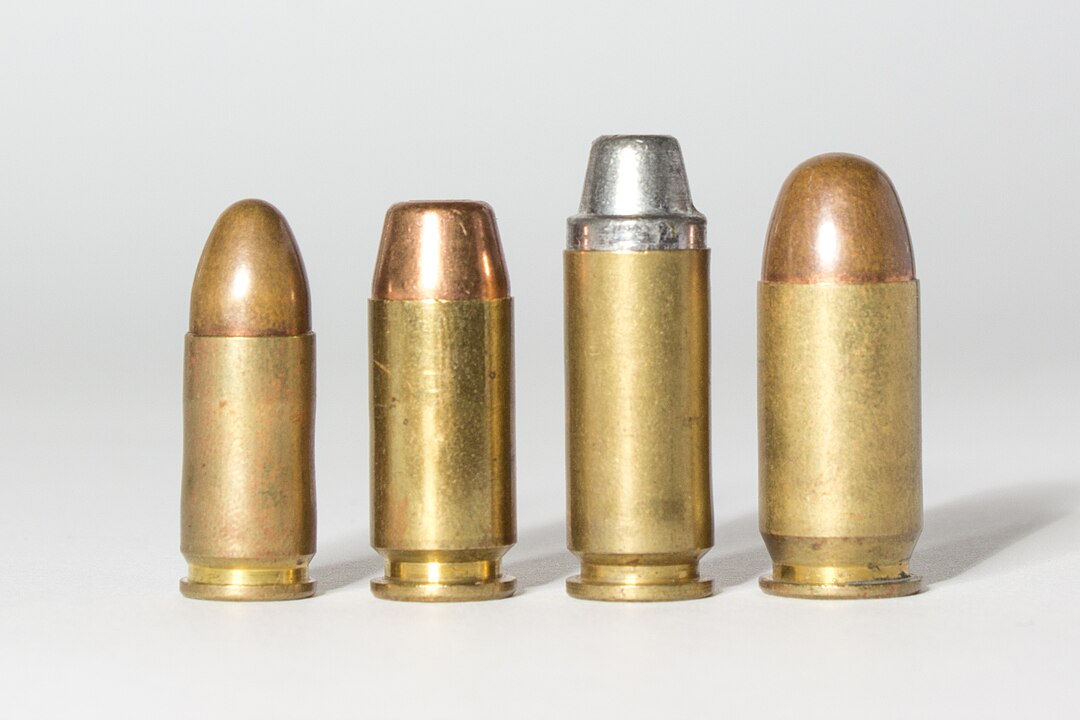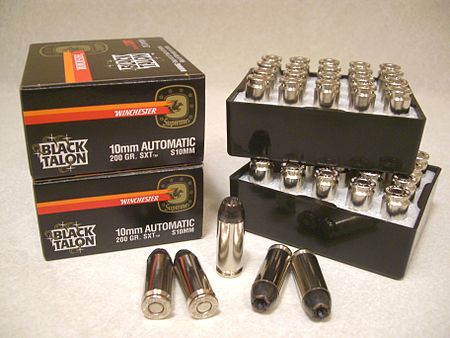
When it comes to self-defense and firearms, enthusiasts often engage in heated discussions about the best caliber for protection and performance. Among the diverse array of ammunition, the 9mm and 10mm rounds are two that often get pitted against each other, each with its devoted following and distinct advantages.

As an enthusiast yourself, whether in law enforcement, a concealed carry holder, or an avid hunter, you’ve likely contemplated the nuances between these rounds. Let’s dive into the nitty-gritty and see how they stack up in various scenarios.

The 9mm Luger, introduced by Georg Luger in 1901, has risen to become the most widely used semi-automatic handgun cartridge globally.

It’s been adopted by police and military forces across the world, and for good reason. This cartridge is renowned for its stopping power, especially when loaded with modern jacketed hollow point (JHP) ammunition.

“Modern bullet and firearm design has only strengthened its position as top dog,” as one commentator puts it. The 9mm Luger offers a more manageable recoil profile ranging from 4 to 8 ft/lbs, compared to the 10m, making it the go-to round for self-defense and concealed carry. Its lighter recoil allows for quick, accurate follow-up shots, which can be crucial in a defensive situation.

In contrast, the 10mm Auto, a cartridge with a history tied to the legendary Colonel Jeff Cooper, emerged with the goal of outperforming both the 9mm and the .45 ACP in terms of velocity and impact. With ballistics comparable to the .357 Magnum and the capability to launch heavier bullets at higher velocities, the 10mm is a force to be reckoned with.

It shines especially in the world of hunting, where its superior power and penetration make it suitable for taking down larger game such as deer, wild boar, and even bears.

“The 10mm is vastly superior to the 9mm,” when it comes to hunting, as one source explains. The trade-off, however, is significantly increased recoil and muzzle blast, which can affect shooting comfort and accuracy.

However, when discussing self-defense, one cannot ignore the importance of bullet performance and shot placement. While a 10mm round might deliver a more significant energy transfer to a target, modern 9mm defensive bullets show remarkable efficiency and effectiveness, often achieving the FBI’s recommended penetration.

The 10mm may offer a more pronounced temporary wound cavity, but the difference in permanent wound channels between the two calibers is minimal, leaving many to question if the extra power is necessary for human threats.

The debate also touches on the practical aspects of carrying each round. A 9mm firearm generally allows for higher magazine capacity and less weight—key considerations for concealed carry.

Meanwhile, the 10mm’s higher recoil can impact follow-up shot speed and accuracy, potentially making the 9mm the more pragmatic choice for personal defense. Cost and availability also play roles in this decision; 9mm ammunition tends to be more affordable and widely available, making it an economical choice for regular practice and carry.

In summary, the choice between 9mm and 10mm is not a clear-cut victory for either round.

The 9mm Luger holds sway in the realms of self-defense and concealed carry due to its lower recoil, higher magazine capacity, and significant advancements in ammunition technology.

On the other hand, the 10mm Auto is the clear choice for those who venture into the great outdoors, where its extra power and penetration can be life-saving against larger predators. Whether for duty, protection, or sport, both rounds offer distinct advantages, and the final decision often boils down to individual preference and intended use.

Relevant articles:
– Cartridge Comparison: 9mm vs 10mm, Liberty Safe
– 9mm vs 10mm: Which Handgun Cartridge Is Superior?, Outdoor Life
– 10mm vs. 9mm — Revisiting the Handgun Cartridge Debate, The Armory Life
– Defense Caliber Comparison by Ammo.com, Ammo.com

